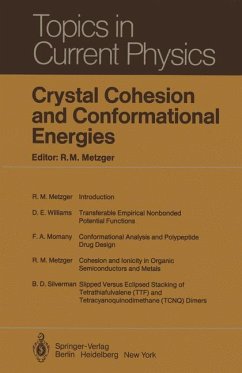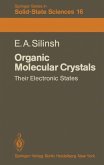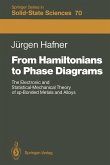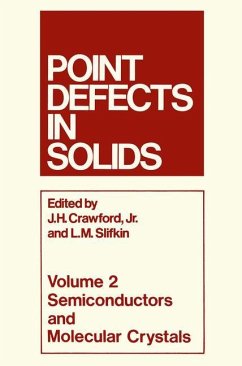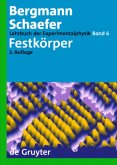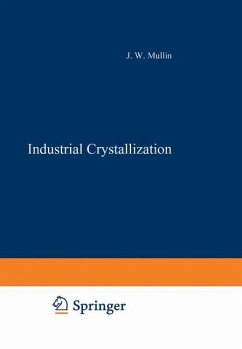With the advent of X-ray diffraction and crystal structure determination in 1912 researchers in physics and chemistry began investigating the problem of crystal co hesion, i. e. , on the question of what holds crystals together. The names of M. Born, E. Madelung, P. P. Ewald, F. Bloch, E. P. Wigner, and J. E. Mayer are, in particular, associated with the pre-1940 work on the cohesion of inorganic lattices. The advent of digital computers brought along great advances in the detailed understanding of ionic crystals, molecular crystals, and metals. The work of P. O. Lowdin and r A. I. Kitaigorodosky are seminal i these more recent advances. This volume is a collection of specialist reports on a subset of the general problem of crystal cohesion. It is intended for researchers and advanced students in solid-state chemistry and physics, and biochemistry. WILLIAMS reports on the mole cule-independent empirical parameters for dispersion and repulsion that explain, and can predict, the cohesive energy of neutral organic lattices. MOMANY applies similar procedures to the conformational energy problem and shows how they can be used for the pharmacological problems of polypeptide drug design. METZGER uses quantum-mechanical molecule-dependent atom-in-molecule charges, dipole moments, and polarizabilities to study the cohesion of organic ionic (semiconducting) and par tially ionic (metallic) lattices. SILVERMAN emphasizes, with quantum-mechanical dimer calculations, the importance of dispersive interactions for the observed stacking modes in organic metallic lattices.

